Contents
Prefix
A prefix is a group of letters that can be added to the beginning of a word (‘pre‘ means ‘in front of’). Adding a prefix changes the meaning of the word. Some examples of prefixes are: un, dis, in, im, il, and ir.
Here are some common prefixes you should know.
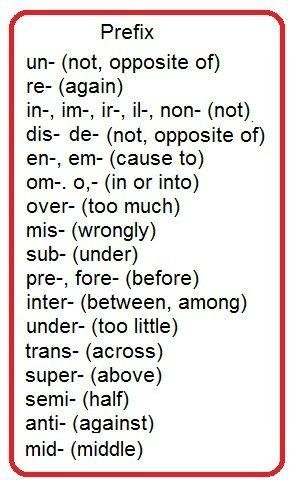
By adding a prefix you can change the word to the opposite meaning.
Examples:

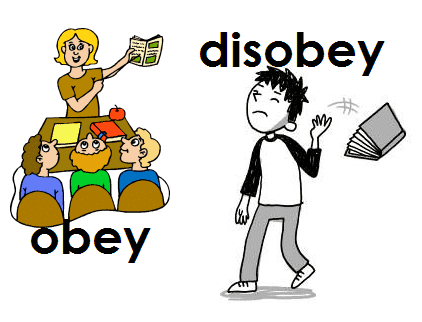

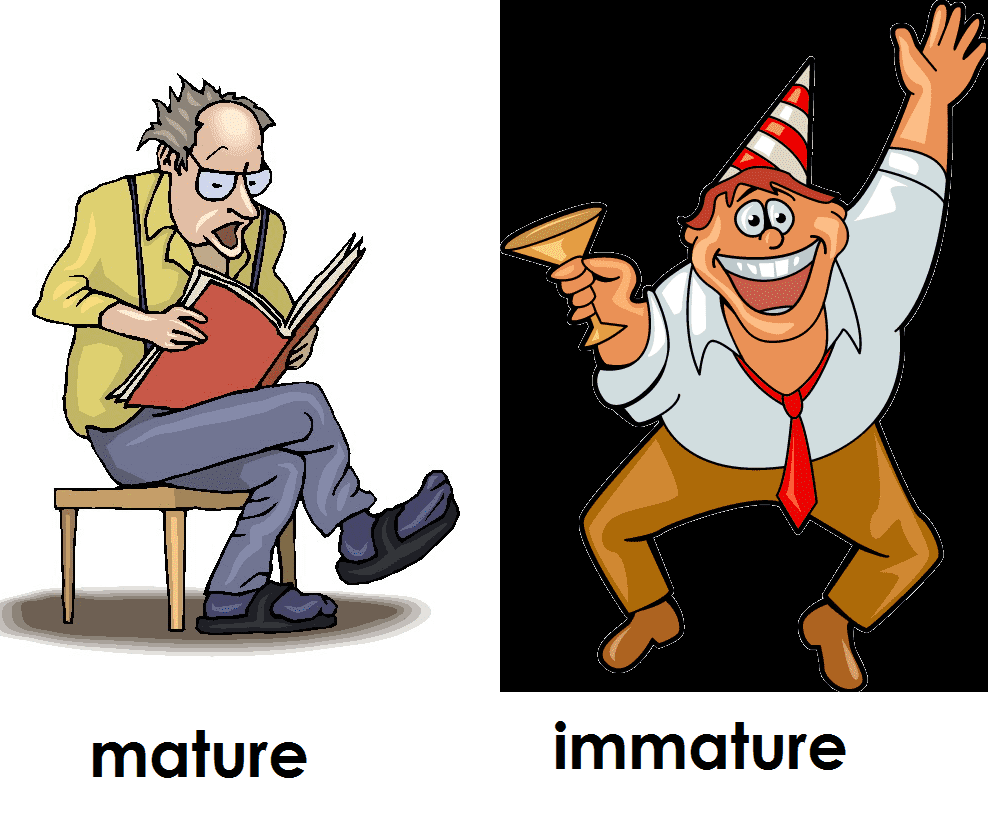
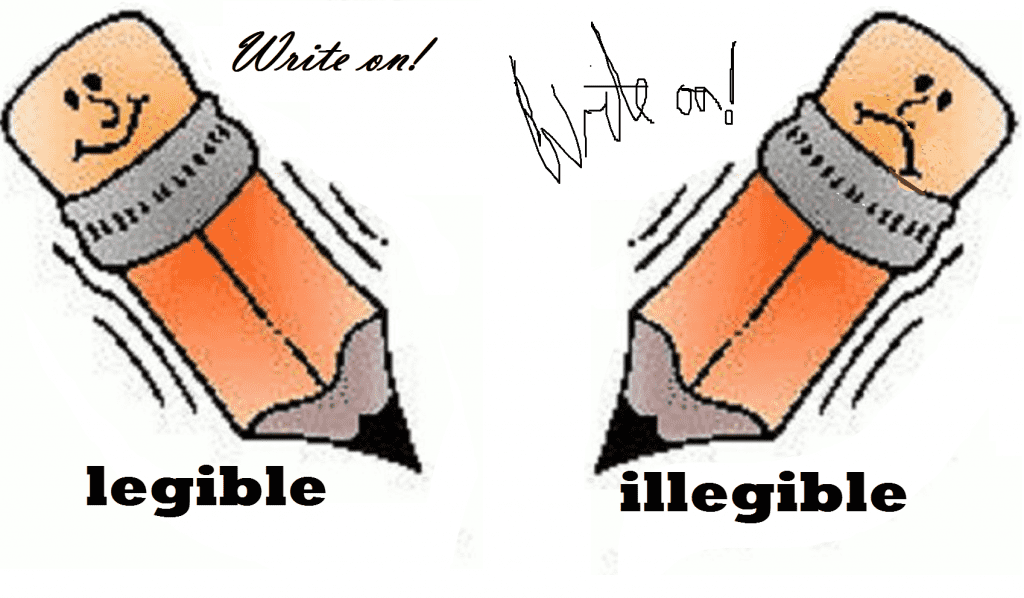
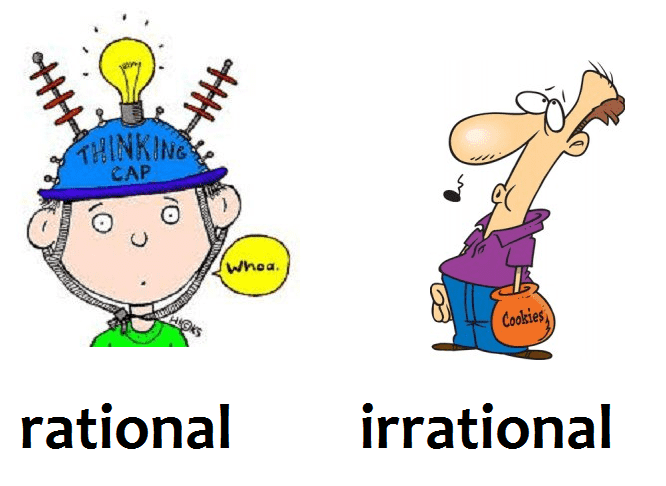
Adding a prefix is easy. However, if the last letter of the prefix is the same as the first letter of the root word, keep both letters.
Example:

Here are some more opposites formed by adding un, in, im, or dis.

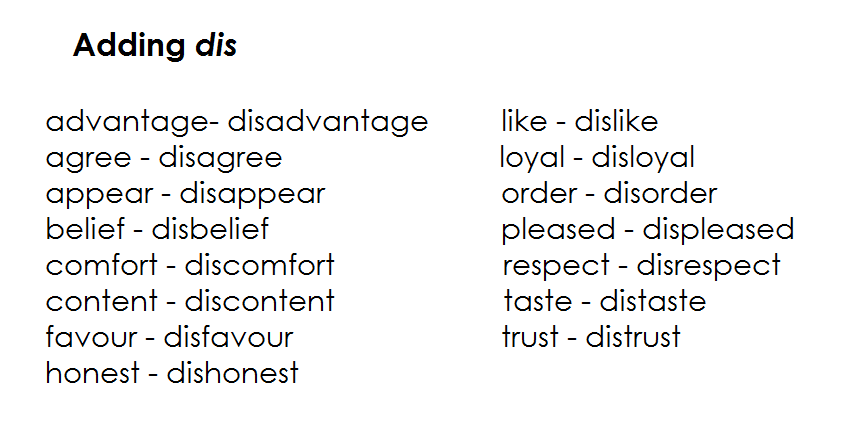
Note: The main part of a word is its root. The root word has its own meaning. When added to a prefix it gives the word its backbone of meaning. Many words in English language have its origin in other languages; a larger number of words have their origins in Latin and Greek roots. Knowing many of these will help you determine their meanings.
Here are 50 Greek and Latin root words that can help you boost your vocabulary skills.
Example:
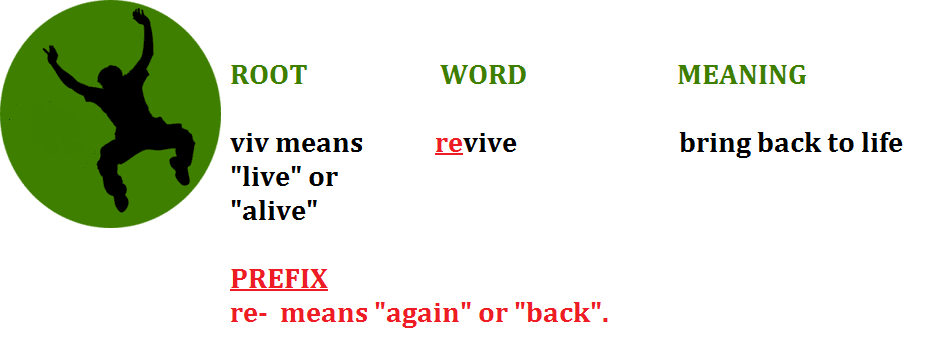
Hypen With Prefixes
Ordinarily, a hyphen is not used to join a prefix to a word. There are few exceptions. You should always consult you dictionary if you are in doubt.
Following are the exceptions:
- Use a hyphen after any prefix joined to a proper noun or adjective. Use a hyphen after prefixes all-, ex– and self-.
- Use a hyphen after the prefix anti– when it joins a word beginning with i. Use a hyphen after the prefix vice-, except in vice president.
- Use a hyphen to avoid confusion between words, like re-.
Worksheets
Click on the links below to download the PDF worksheets.
Suffix
A suffix is a letter or group of letters that can be added to the end of a root or a base word. Common suffixes include: -s, -ed, -ing, -ly, and –tion. Adding a suffix often changes the meaning of the word and the job the word does in the sentence.
Examples:
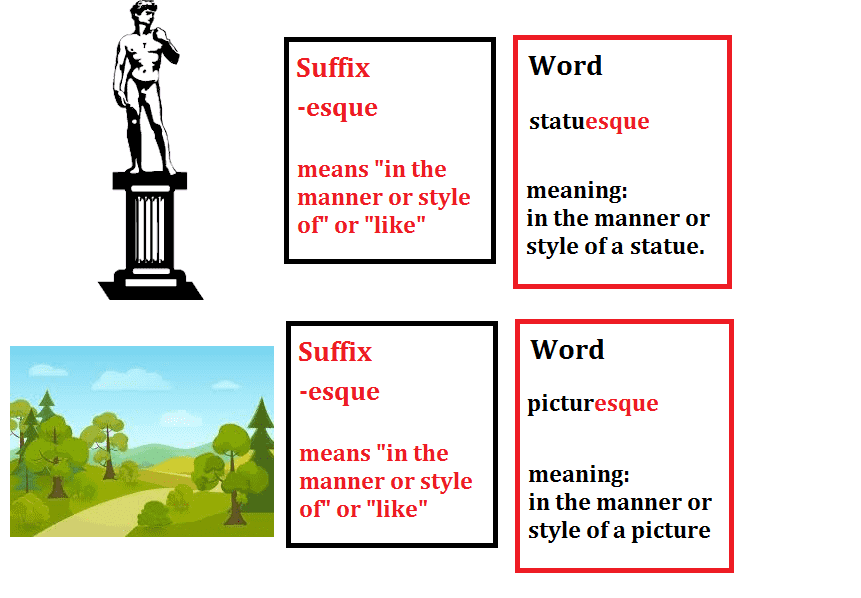
Here is a list of the most common suffixes you should know:


Adding a suffix is easy. A suffix is added at the end of a root or a base word word. Notice that the spelling of a root often changes when a suffix is added. Furthermore, more than one suffix may be added to many words.

We can often do the following when adding a suffix.
- Change a verb into a noun by adding a suffix to the verb.
- Change a verb into an adjective by adding a suffix to the verb.
- Change a noun into an adjective by adding a suffix to the noun.
Examples:
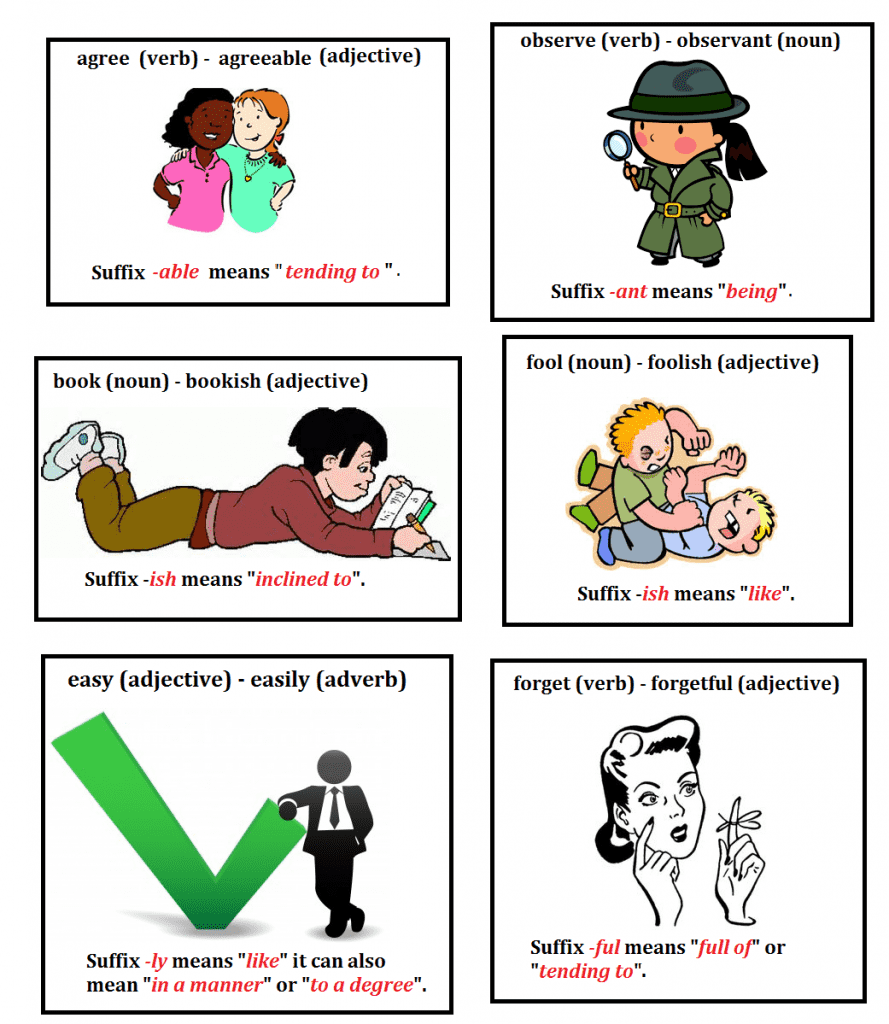
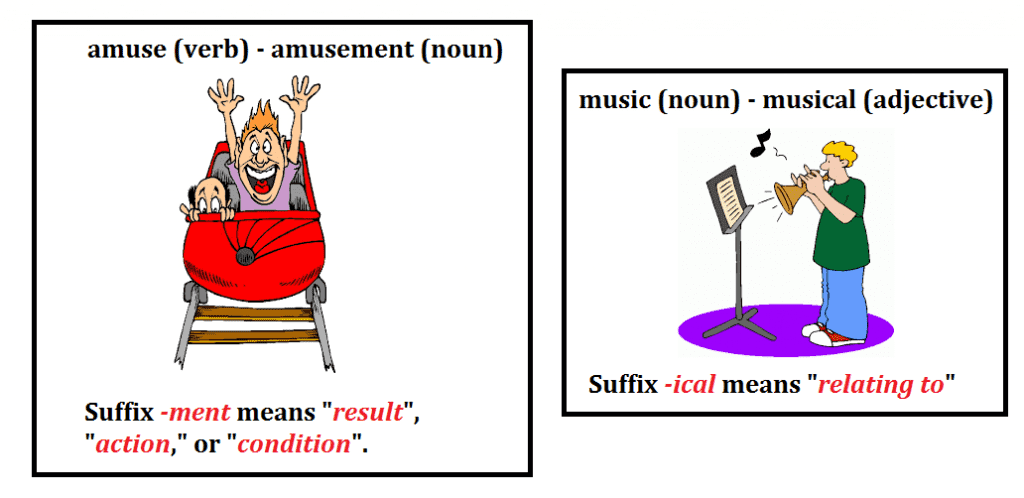
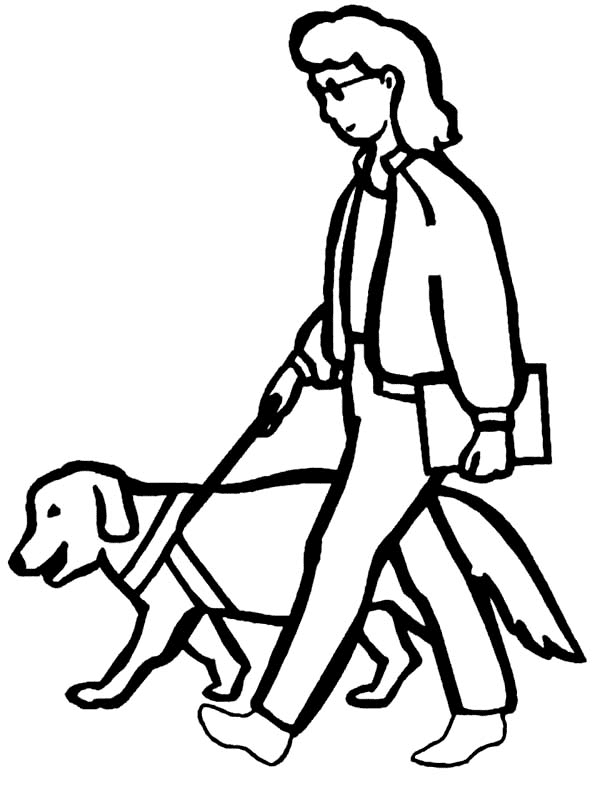
Example: Sara looks after her pet dog with affection. [noun]
Example: Sara is very affectionate to her pet dog. [adjective]
Do you know the verb form for the words affection and affectionate?
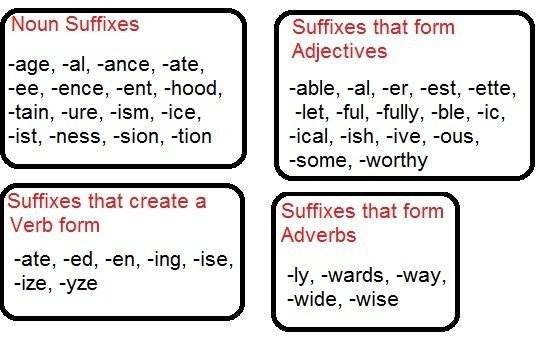
WORKSHEETS
Suffixes – forming nouns from verbs
Suffix ending with -ness
The suffix –ness means the “state of being” or a “condition of“. These words are adjectives and are formed from nouns.
Example: kind – kindness

WORKSHEET
Suffix ending with -less
The suffix – less means “to be without”. Example: the food is overcooked. It is tasteless.

Worksheet
Suffix ending with -ous
Suffix ending with –ous means “to have a lot/ full of”. This suffix forms adjectives.
Example: full of envy- envious

Worksheet
Click here for more worksheets
